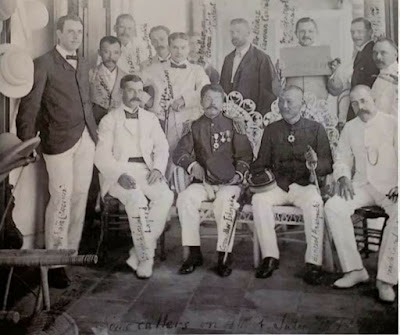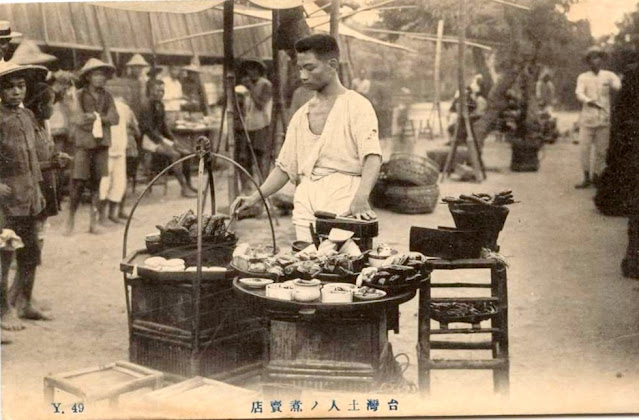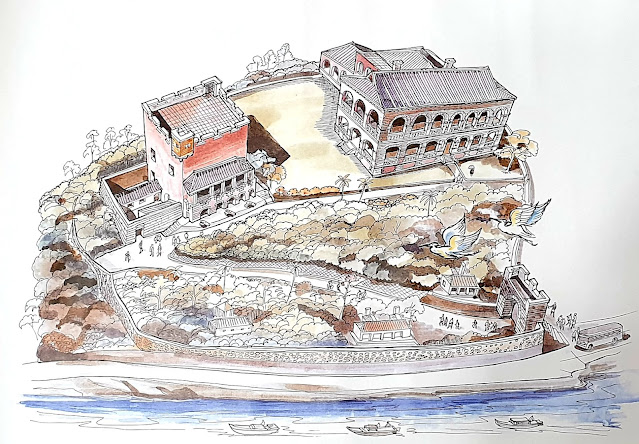People and Fish Legend -About Sqoyaw 1935

Xueshan Entry 'Snowy Mount' (Xueshan Range), u nder the Qing, the range was also known as Dodd's or Mt Sylvia Range. Related blogpost HERE . Sqoyaw ( Huanshan Tribe 環山部落) Also known in recent years ' Purple Tribe 紫色 部落 ' for its extensive Wisteria cultivation across the valley. In April flowering season, Sqoyaw valley is a marvelous purple paradise. Formosan landlocked salmon (oncorhynchus masou formosanus) Photos I took in 2020 on a Hehuan Creek Trail with 原森旅行社 Ecotour Taiwan Travel. The best Ecotour service I have personally experienced. (Better on videos. Links at bottom) 大島正滿著《泰雅的呼喚》 Masamitsu Ōshima The Call of Tayal 大島正滿著《泰雅的呼喚》 1935 National Museum of Taiwan History https://collections.nmth.gov.tw/CollectionContent.aspx?a=132&rno=2002.003.0026 Formosan landlocked salmon ( oncorhynchus masou formosanus) I first became familiar with from writing THIS article, and by the name David Starr Jordan ( founding president of Stanford University) . &



